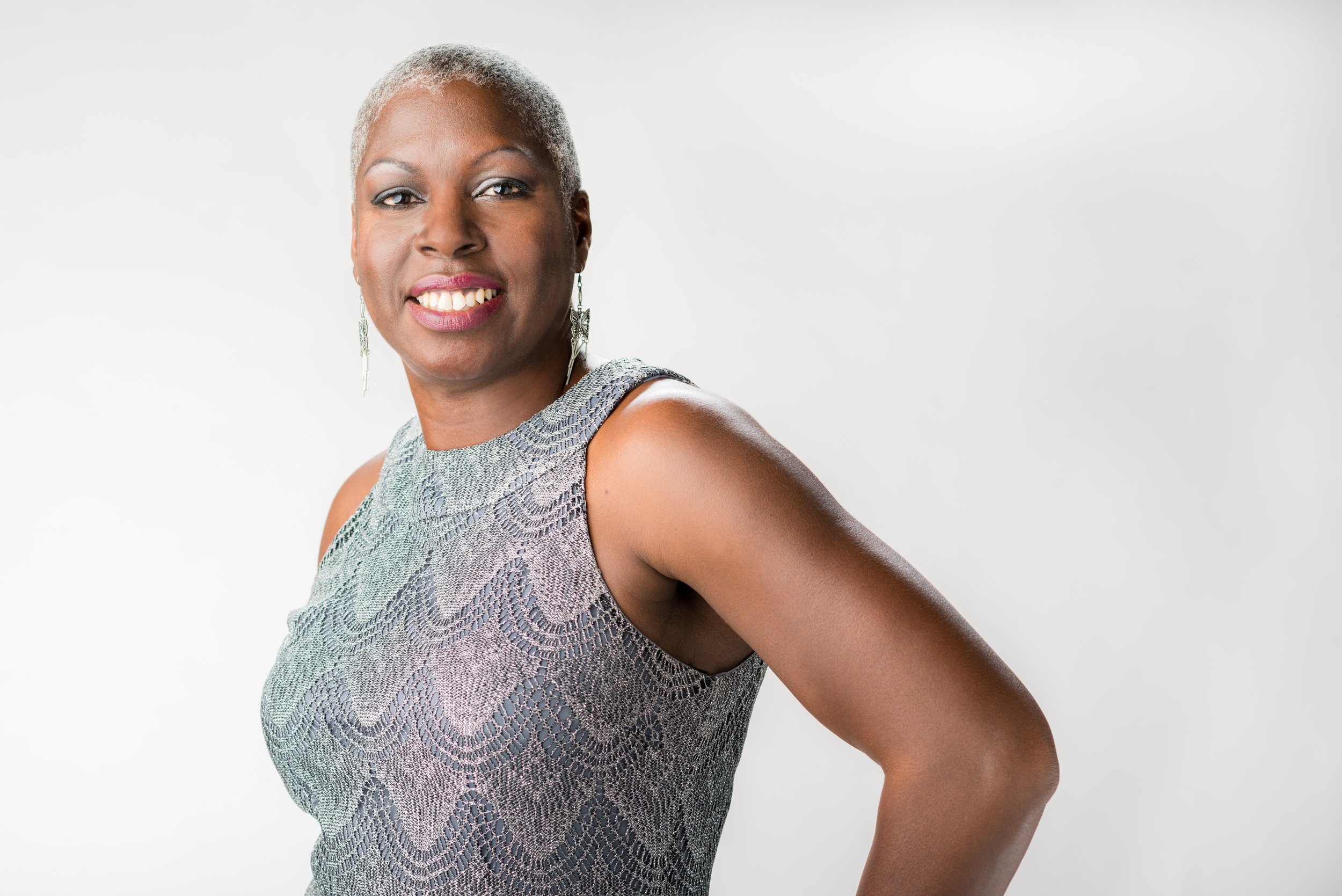Reflections on Possibilities | Dawn Carter
Response to Elsa Robinson’s Possibilities
“Imagine a black world: The invocation of a black world is the operating assumption of black texts, a world where blackness exists in the tussle of being, in reverie and terribleness, in exception and ordinariness. This black world is not one where the racial logics and harming predilections of antiblackness are inverted but one where blackness is totality, where every human question and possibility is of people who are black.”
Kevin Quashie, Black Aliveness, or A Poetics of Being, 2021
Possibilities imagines a world of Black life in a world that equates Blackness and death. But before I get into my impressions of Robinson’s work, I’m compelled to put my relationship with Elsa and Possibilities into context; to lay the foundation first. This is a common practice in Buddhism and Black / Indigenous circles. First of all, Elsa Robinson and I have been long-time friends and community builders in Amiskwaciy, Treaty 6 territory. Also, Possibilities is a chapter, if you will, of the Sankofa show hosted by Latitude 53. Sankofa’s chapters interact with the others - they are not discrete. So my reflection will closely examine Possibilities and the material or “data” Robinson has intentionally interwoven and transmitted into this particular work.
This installation invites the viewer to engage: not as a supplicant or spectator, but as a child embraced by the Divine Mother. This Divine Mother is no pale Mother Mary in benign benevolence. Her visage looks like mine. I see her face in my face. In a world that equates Blackness with death, this golden mama symbolizes life, and generative power within Black people: a poetics of being. Threads emanate like sunlight, covering us over with her love. The scale of the exhibit - approximately 12 feet by 12 feet - is not imposing but beckoning, unlike deities rooted in patriarchal symbolism. The divine mama invites you to sit with her, respectfully, with ears and hearts open.
When I mention “material” and “data,” I think about codes and symbols, signs and meanings to be interpreted by Robinson as creator / “creatrix” and the viewer. I see the data as text (art as text that my brain / heart / eyes are reading), I read the gold as material that carries multiple meanings. The hue is not a shiny, blinding gold, nor “fool’s gold.” Its burnished light reclaims the fire within Blackness and Black expressiveness and pushes back against the theft of Black intelligence / intellectual property, labour, and style. This precious metal represents our gifts as Black people; it is a shout for reparations. In fact, as alchemists scratched their heads, Black people have turned the heaviness of lead (the weight of White supremacy) into gold for eons - for survival.
As well, the gold represents the riches Black people carry: not in their pockets, but in their consciousness, love, community, and creativity: these are the gifts of the ancestors. Robinson’s carefully carved ingots nestle on multiple layers of crochet and cloth, like children protected by the presence of the mother guardian. The divine mama invites reciprocity: sit with her and she will sit with you. As a group, the ingots can be read as a community or collective in relation to her. They thrive in their interconnectedness to each other surrounded by golden keys: the knowledge and wisdom of the ancestors that surround them. As art and text, the exhibit overall shows that the divine mama’s children are untouchable. The Divine Mother prompts Black people to remember themselves and surrounds her children with keys to unlock their own possibilities, individually and collectively.
Robinson’s divine mama inspires me to dance and dream, to activate an aliveness of my Black being, and reclaim all of my gifts. I will revisit this work as I move forward in this endeavour.
About the Author
Instagram | @thedawndarter
Website | dawncarter.com
Twitter | @thedawndarter
Facebook | https://www.linkedin.com/in/dawncarter1
Dawn Carter is a writer, educator, performance poet, public speaker, entrepreneur, and community advocate of Barbadian British Canadian heritage. She is also the first Black woman to run a major 2SLGBTQ+ organization in Western Canada.
She emigrated with her family from England, where anti-Black racism was on the rise. Dawn and her family lived in rural Alberta before settling in Edmonton. After a few years in Toronto, she returned to Dirt City, where she considers herself a Northsider for life.
Through Dawn’s life experiences she has been able to create art that not only tells amazing stories but creates awareness and constantly contributes to the community around her.

